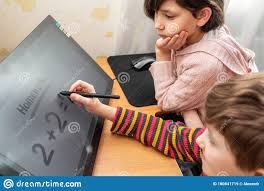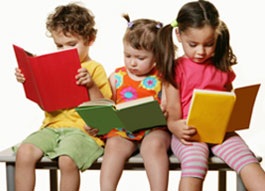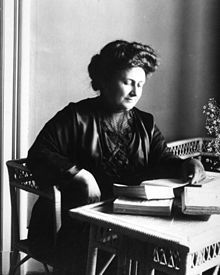
Webster’s New World Dictionary defines the term effective as “producing a definite or desired result; efficient.” What is effective music? All music is effective to some degree or purpose in the classroom. Music can speed us up or slow us down. Music can make us giggle or bring tears to our eyes. Music can teach us concepts and tell a story as well as the best storyteller.
Music is orderly and research shows that students who possess the ability to learn the language of music have a much easier time learning other concepts as well. Effective music is music which produces a desired learning outcome. Just as a teacher selects good literature – music should be selected at home and in the classroom to achieve an intended effect.
Different genres of music promote different responses in children. What is the desired outcome? Is it more focused behavior? Do you want to calm down an overly enthusiastic class or child? Will children move to the music? Is the music intended to develop language and/or critical thinking skills? Reinforce comprehension? Most important, will the students sing along or merely listen to the music?

Whatever the desired outcome, there are five key elements to consider when selecting the most effective music for young children. The music must have:
1. an easily recognized melody
2. a visual quality (what images does the music bring to mind?)
3. a ‘hook’ or repetitive lines for easy recall
4. an identifiable rhythm and meter, and
5. if the music is for sing-along purposes, written in keys appropriate for a child’s vocal range
Listen to the following segment from a song on the CD “It’s a Nice Day For Ducks.” Are you singing it easily after listening?
A song that is easy to sing along with will more likely be remembered. One that isn’t will more likely be tuned out. You’re probably asking, “How am I supposed to tell if a song is in the right key?” An identifiable clue is – is the child singing on pitch or merely speaking the words?
Music has an inexplicable effect on young children, not only during music for enjoyment times at home, but during instructional and transitional times in the classroom as well.
Music is an effective part of the early learning experience – not just a filler to use up extra time. All areas of learning are enhanced through thoughtfully selected music.
For another example of an easily recognized song listen to “Rainbow” located in the middle column…


 Abraham Maslow said humans have physiological, safety, belongingness and love, esteem, and self-actualization needs. These needs begin with infancy and continue through adulthood. Childhood then is a critical time for us all. This is the first in a series of posts in support of parents, grandparents, and educators as they travel the maze of life and education during the time of COVID-19.
Abraham Maslow said humans have physiological, safety, belongingness and love, esteem, and self-actualization needs. These needs begin with infancy and continue through adulthood. Childhood then is a critical time for us all. This is the first in a series of posts in support of parents, grandparents, and educators as they travel the maze of life and education during the time of COVID-19.








You must be logged in to post a comment.